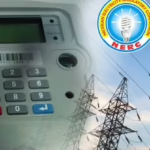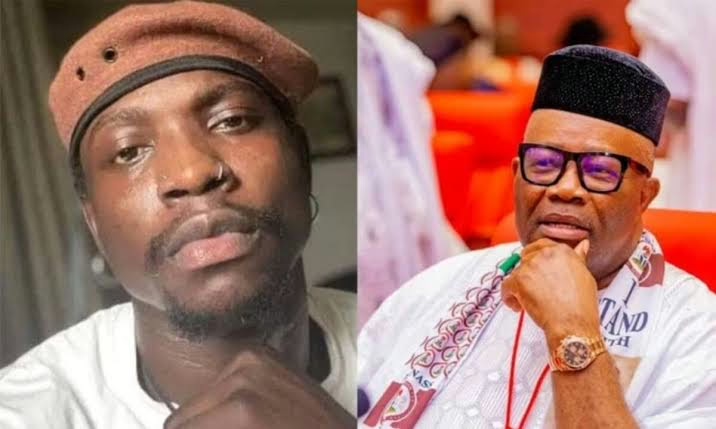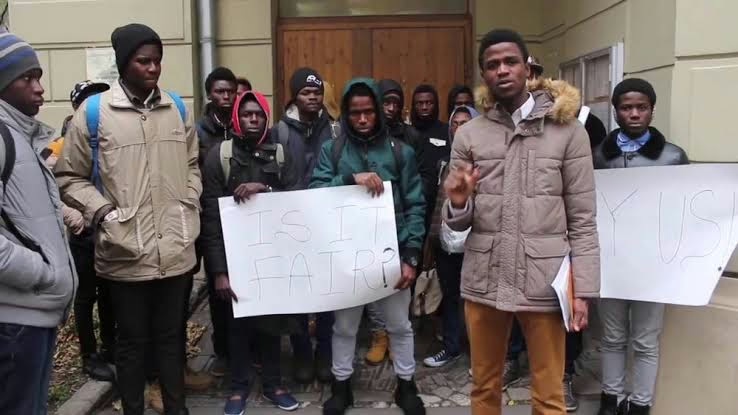The Nigerian Electricity Regulatory Commission has reported a troubling development in the country’s energy sector, revealing that four power plants owned by the Niger Delta Power Holding Company failed to produce any electricity during the second quarter of 2024.
The PUNCH reported that these plants, part of the National Integrated Power Project, include Omotosho NIPP, Ihovbor NIPP, Alaoji NIPP, and Sapele GT NIPP, all of which recorded a Plant Availability Factor of zero percent for the quarter.
The PAF is a crucial metric that measures the ratio of a plant’s available capacity, as declared by its operator, to its maximum rated output, which is determined by the manufacturer.
Each of the affected power plants has an installed capacity of 500 megawatts, but due to persistent gas shortages, they were unable to generate any power from April to June.
This inability to operate has resulted in a combined capacity loss of 2,000 megawatts across the four facilities over the three-month period.
The NERC’s report highlighted a disheartening statistic, during the second quarter of 2024, the average PAF for all grid-connected plants was just 32.30 percent, indicating that more than two-thirds of the total installed capacity within the Nigerian Electricity Supply Industry was unavailable.
“Overall, only four plants had availability factors above 50 percent, with the Azura IPP plant recording the highest availability factor – 98.05 percent,” the report stated.
Conversely, the four plants in question—Omotosho NIPP, Ihovbor NIPP, Alaoji NIPP, and Sapele GT NIPP—have now experienced two consecutive quarters where their PAF has fallen below five percent, primarily due to ongoing gas supply issues.
The NERC has indicated that management at the Niger Delta Power Holding Company is actively collaborating with its gas suppliers and relevant stakeholders to address the challenges that are hindering gas supply to these plants.
Additionally, the NERC reported a decline in the performance of hydropower plants during this period. Notable decreases in PAF were observed at Dadin Kowa (-47.80 percentage points), Kainji (-17.34pp), Shiroro (-13.59pp), and Jebba (-5.46pp), reflecting the anticipated impact of seasonal variations in river flows, which typically constrain the capacity of hydropower plants from January to July each year.
The number of grid-connected power plants has risen to 28 following the operationalization of the Zungeru hydropower plant, which began supplying electricity to the grid on April 29, 2024.
For the quarter, the average available generation capacity among grid-connected plants was reported at 4,395.77 megawatts.
In comparison to the first quarter of 2024, the average available generation capacity for grid-connected plants, excluding Zungeru, decreased by 5.28 percent, dropping from 4,249.10 megawatts in 2024/Q1 to 4,024.81 megawatts. This decline was attributed to reduced availability in 20 of the grid-connected power plants.
However, several plants recorded significant increases in available capacity, including Egbin ST (Gas) with a rise of 52.92 percent, Rivers IPP (+51.70 percent), Geregu NIPP (+49.23 percent), and Sapele ST (+30.47 percent). In contrast, substantial decreases in average available capacities were seen in Sapele GT NIPP (-98.64 percent), Ihovbor NIPP (-97.64 percent), Olorunsogo NIPP (-78.49 percent), and others.
Furthermore, the cumulative average hourly generation from thermal plants also declined by 2.62 percent, falling from 3,013.56 MWh/h in 2024/Q1 to 2,934.46 MWh/h in the second quarter, with 16 out of the 23 thermal plants reporting decreases in generation.
Notably, the average hourly generation from Olorunsogo NIPP, Afam IV – V, and Geregu power plants plummeted to 14.54 MWh/h, 16.91 MWh/h, and 143.08 MWh/h, respectively, driven by gas constraints and mechanical faults.
Currently, thermal plants represent 73.02 percent of Nigeria’s generation mix, while hydropower accounts for 26.98 percent. In a recent statement, Minister of Power Adebayo Adelabu announced that the nation’s power generation has climbed to 5,500 megawatts, with expectations to reach 6,000 megawatts before the year’s end.
(PUNCH Metro)











Leave a Reply